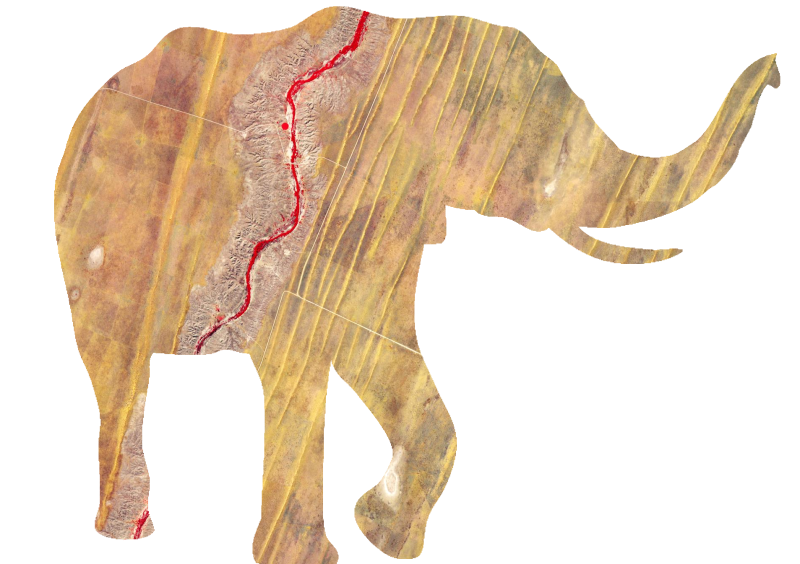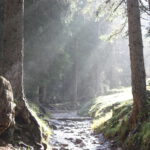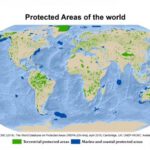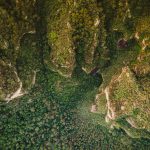Many resources for images which can be used for presentations exist. Some remote sensing, conservation and biodiversity information are provided below.
The Global Forest Watch shows nicely the ongoing global deforestation and is worth checking out (globalforestwatch.org)
Remote Sensing Pictures
In contrast to the remote sensing resources this page just provides pictures, not georeferenced imagery with the actual spectral information:
http://earthobservatory.nasa.gov is highlighting various earth observation measurements with interesting pictures and background information. A webpage which is just offering basic background knowledge but a much higher amount of pictures is http://visibleearth.nasa.gov. Thissteadily growing archive of remote sensing pictures holds imagery of different regions, topics and sources/sensors. Some Landsat highlights are also listed on http://www.flickr.com/photos/usgslandsat.
In contrast to the links above http://landsatlook.usgs.gov does offer an interactive way to select Landsat scenes and download the data as picture.
GoogleEarthEngine also provides a very impressive (or alarming) time lapse of environmental change (http://earthengine.google.org/#intro)
ESA, the European Space Agency, is also featuring different images on http://spaceinimages.esa.int/Images or
http://www.esa.int/Our_Activities/Observing_the_Earth/Image_archive.
Resources which are rather focusing on prepared books with remotely sensed data sets are either UNEP
http://na.unep.net/atlas or Earth as Art by NASA http://www.nasa.gov/connect/ebooks/earth_art_detail.html
This is a new book developed as a collaboration between USGS and NASA. Some books are also available by DLR.
Photographs of astronauts
Beside images derived from satellite sensors, you could get photographs taken by astronauts on this webpage http://eol.jsc.nasa.gov/sseop/efs/
Various spatial information
A variety of spatial information, partly based on remote sensing data can be seen and downloaded here:
- http://maps.grida.no — a set of maps with references to reports etc.
- http://www.worldmapper.org — country shapes distorted by different parameters
- http://www.statsilk.com — interactive map maker with limited data to visualise
Satellite image blogs
- http://visions-of-earth.com/
- http://blogs.nasa.gov/cm/newui/blog/viewpostlist.jsp?blogname=whatonearth
Animations and videos
The google time-lapse is very intersting and shows landcover change animations (http://world.time.com/timelapse/)
The NASA Scientific Visualization Studio (SVS) http://svs.gsfc.nasa.gov/ has all of the visualizations that NASA has produced (including planetary, astrophysics, etc). Some of these are on the earth observatory page. Their web interface isn’t the best, but you can search visualizations by key word and instrument.
The NASA Conceptual Image Lab (CIL) is part of SVS, and also has some relevant visualizations. The website is currently under development: http://svs.gsfc.nasa.gov/cilab/index.html
Great global animations of wind and weather (http://earth.nullschool.net/)
Other videos can be found here:
http://eol.jsc.nasa.gov/Videos/CrewEarthObservationsVideos/
http://science.nasa.gov/science-news/hyperwall/earth-hyperwall/
http://earthdata.nasa.gov/labs/worldview/
http://www.homethemovie.org/
Time lapse of the Earth seen from the ISS: http://vimeo.com/32001208




